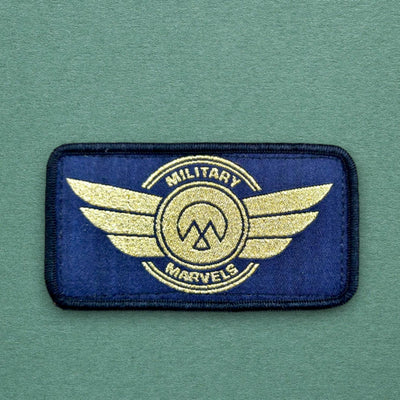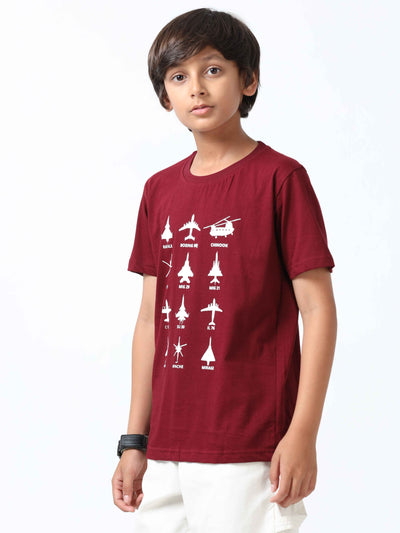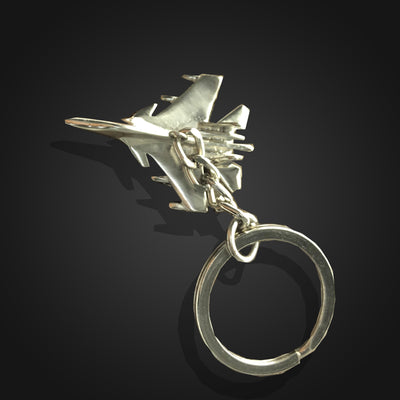Non-Refundable

How the Indian Army Supports Disaster Relief Efforts
Share
How the Indian Army Supports Disaster Relief Efforts
Disasters, whether natural or man-made, can strike at any moment, leaving devastation in their wake. In India, a country that faces various types of disasters, including floods, earthquakes, and landslides, the Indian Army plays a crucial role in providing timely relief and assistance. This blog explores the multifaceted contributions of the Indian Army in disaster relief efforts, highlighting their preparedness, coordination, and execution during crises.
The Indian Army’s Role in Disaster Management
1. Preparedness and Training
The Indian Army is not just reactive; it is proactive in its approach to disaster management. Extensive training programs ensure that soldiers are well-prepared to handle various disaster scenarios. The Army conducts regular drills and simulations to practice coordination with civilian agencies, local governments, and non-governmental organizations (NGOs). This preparedness is crucial for efficient response during actual disasters.
2. Rapid Deployment
One of the key strengths of the Indian Army is its ability to mobilize rapidly. The Army has specialized units, such as the National Disaster Response Force (NDRF) and the Engineer Regiments, trained specifically for disaster relief operations. These units can be deployed within hours of a disaster occurring, significantly improving the chances of saving lives and providing immediate assistance.
3. Search and Rescue Operations
In the aftermath of a disaster, the Indian Army is often the first to arrive on the scene. Their personnel are trained in search and rescue operations, using advanced equipment and techniques to locate and evacuate trapped individuals. For example, during the Uttarakhand floods in 2013, the Indian Army deployed helicopters and specialized teams to rescue stranded pilgrims and civilians in remote areas.
4. Medical Assistance
The Indian Army also provides critical medical support during disasters. With its well-equipped field hospitals and trained medical personnel, the Army can offer emergency medical care to the injured. These mobile medical units are capable of performing surgeries, administering vaccinations, and providing essential healthcare services to disaster-affected populations. During the Kerala floods in 2018, the Army set up medical camps to assist the local population, providing immediate medical attention and care.
5. Logistical Support
In disaster-stricken areas, logistics play a vital role in delivering relief materials. The Indian Army has extensive logistical capabilities, enabling it to transport food, water, medicines, and other essential supplies to affected regions. Their experience in managing supply chains in challenging terrains ensures that aid reaches those in need swiftly and efficiently.
6. Infrastructure Restoration
After the immediate relief phase, the Indian Army contributes to restoring essential infrastructure, such as roads, bridges, and communication lines. Their engineering units work tirelessly to rebuild damaged facilities, helping communities recover and resume normal life. This effort was particularly evident during the rehabilitation of areas affected by the Jammu and Kashmir floods in 2014, where the Army played a crucial role in restoring connectivity and services.
Coordination with Other Agencies
1. Collaboration with Government Agencies
The Indian Army works closely with various government agencies, including the National Disaster Management Authority (NDMA), to ensure a coordinated response to disasters. This collaboration helps streamline operations, allocate resources effectively, and minimize duplication of efforts. Regular joint exercises and training sessions enhance communication and understanding among all stakeholders.
2. Engagement with NGOs and Community Organizations
The Army also collaborates with non-governmental organizations and community groups to maximize the impact of disaster relief efforts. These organizations often have a deep understanding of local needs and can provide valuable support in outreach and distribution of aid. The synergy between the Army and NGOs helps ensure that relief reaches the most vulnerable populations effectively.
Challenges Faced by the Indian Army in Disaster Relief
While the Indian Army is well-equipped to handle disaster relief, it faces several challenges:
1. Difficult Terrain
India's diverse geography can pose significant challenges for disaster relief operations. Remote areas may be difficult to access due to damaged infrastructure or harsh weather conditions. The Army must adapt its strategies and employ specialized equipment to navigate these challenges effectively.
2. Time Constraints
The immediate aftermath of a disaster is critical for saving lives. The Army must respond swiftly, often facing time constraints that can hinder operations. Efficient coordination and rapid deployment are crucial in overcoming this challenge.
3. Resource Allocation
The Army operates within a framework of limited resources. During large-scale disasters, the demand for relief materials may exceed supply. Effective logistics management and prioritization of resources are essential for meeting the needs of affected communities.
The Impact of the Indian Army’s Disaster Relief Efforts
The contributions of the Indian Army in disaster relief have had a significant impact on countless lives. Their efforts not only provide immediate assistance but also foster a sense of security and hope in affected communities. By swiftly addressing the needs of those impacted, the Army helps facilitate recovery and rebuilding processes, paving the way for a brighter future.
Case Studies of Success
- Odisha Super Cyclone (1999): The Indian Army played a crucial role in the relief efforts following the devastating cyclone that struck Odisha. Their swift response included search and rescue operations, medical assistance, and the distribution of relief materials, saving thousands of lives.
- Jammu and Kashmir Floods (2014): The Army’s rapid deployment during the Jammu and Kashmir floods exemplified their effectiveness in disaster management. They conducted extensive rescue operations and provided essential supplies, restoring hope to affected families.
Military Marvels Products:
As we reflect on the Indian Army's noble contributions, it’s essential to celebrate the spirit of our armed forces. Military Marvels offers a range of products that honor the bravery and dedication of soldiers. Among these products are:

Keychains for Girls
Perfect as a gift or a personal accessory, these keychain for girls feature unique designs inspired by military insignia and motifs. They allow you to carry a piece of the Army's legacy with you wherever you go.
Metal Keychains
Durable and stylish, these metal keychains are designed for those who appreciate the strength and resilience symbolized by the military. They make for great conversation starters and reminders of the valor of the armed forces.
Army Keychains
Show your support and admiration for the Indian Army with these specially designed army keychains. Each piece is a tribute to the sacrifices made by soldiers, serving as a constant reminder of their commitment to the nation.
Military Marvels Products
Explore the entire range of Military Marvels products to find items that resonate with your respect for the armed forces. These products not only serve as accessories but also embody the spirit of duty, bravery, and honor that the Indian Army stands for.
FAQs
1. How does the Indian Army prepare for disaster management?
The Indian Army conducts regular training drills, simulations, and joint exercises with civilian agencies to enhance preparedness for disaster management.
2. What kind of support does the Indian Army provide during disasters?
The Army provides search and rescue operations, medical assistance, logistical support, and infrastructure restoration during disaster relief efforts.
3. How quickly can the Indian Army respond to a disaster?
The Indian Army can mobilize and deploy specialized units within hours of a disaster occurring, enabling rapid response to save lives.
4. Does the Indian Army collaborate with NGOs during disaster relief?
Yes, the Indian Army collaborates with non-governmental organizations and community groups to maximize the impact of disaster relief efforts.
5. Where can I find Military Marvels products?
Military Marvels products, including keychains and other accessories, can be found on their official website and select retail stores.
In conclusion, the Indian Army stands as a beacon of hope during disasters, demonstrating resilience, preparedness, and dedication. Their tireless efforts in disaster relief not only save lives but also inspire a sense of unity and strength within the nation. By supporting and celebrating their contributions through initiatives like Military Marvels, we can honor the spirit of the armed forces and promote awareness of their invaluable role in disaster management.




